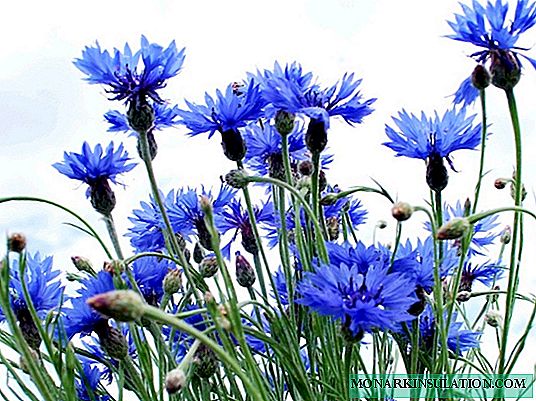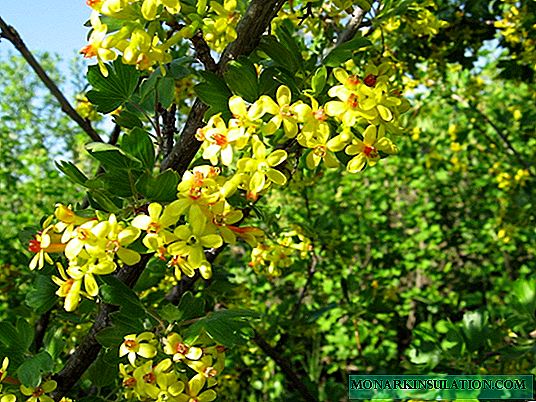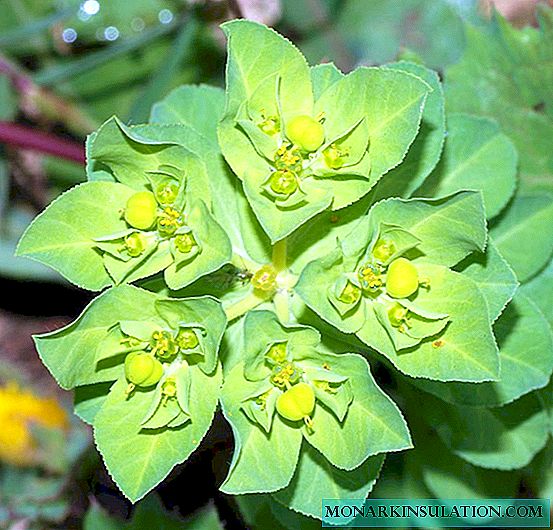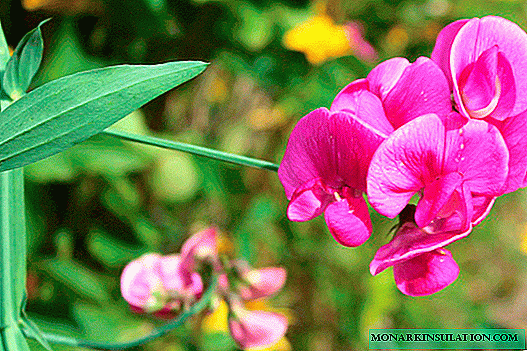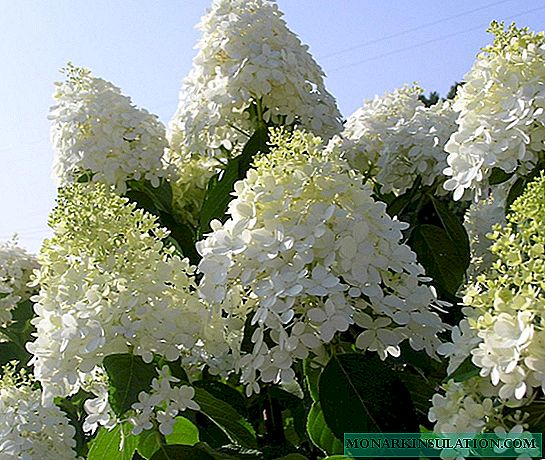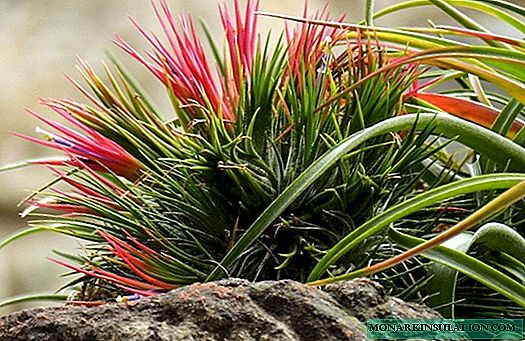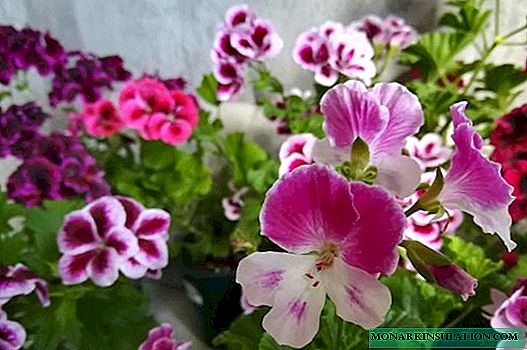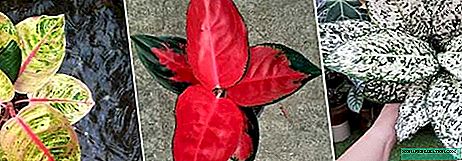Verbena is a perennial or annual plant from the Verbena family. Its homeland is South America, from where the plant spread throughout Eurasia and North America. The heat-loving flower in our country is cultivated as an annual. It is quite popular with gardeners, and is also used for medicinal purposes. Verbena can be found under the names "blood of Mercury", "cast-iron grass", "tears of Juno." It is shrouded in a mystical halo, so many relate to the plant with special trepidation. Verbena is considered the keeper of the house, welfare and the hearth.

Botanical Description
Verbena is a grass or shrub with a strong, branched rhizome and erect stems that branch mainly in the upper part. The height of the shoots can be 0.2-1.5 m. Ribbed smooth stems are covered with green fleecy skin. Usually they are erect, but there are also lodging.
Opposite short-leaflets grow along almost the entire length of the shoots. They have an oval shape with serrated or dissected edges. The color of the foliage varies from green to light green. A short pile is visible on the swollen surface between the veins.
Already in July, dense paniculate or corymbose inflorescences are formed on the tops of the stems. Each contains 30-50 buds, which open in turn. Small five-blade corollas with a diameter of 15-25 mm are painted in white, yellow, pink, red, blue and lilac. There are varieties with two-color petals and flowers of different colors in one inflorescence. The flowering period itself is very long. It continues until the cold.















After pollination, the fruits ripen - prefabricated nuts with an olive or light brown surface. Ripening, they break up into 4 parts and release small elongated seeds of light gray color.
Types of Verbena
A rather diverse genus of verbena includes more than 200 varieties. However, only a few of them are used in gardening. Preference is given to decorative hybrid varieties.
Verbena officinalis. A herbaceous perennial with a well-developed rhizome that goes deep into the soil. Ground shoots grow 30-60 cm in height. Upright, tetrahedral stem slightly pubescent along the faces. Opposite short-leaved leaves closer to the ground have a feathery, carved shape with large, blunt teeth along the edges. Closer to the top, the leaf plate becomes more solid, and the petioles disappear. Small flowers are collected in small paniculate inflorescences. They bloom on the tops of branched shoots and in the axils of the leaves. A light purple or purple corolla with a cylindrical tube peeps out of the hairy dentate cup. Flowers bloom in June-July. In August-September, linear or oval wrinkled nuts of brown or brown color appear.

Verbena Buenos Aires. The herbaceous perennial is distinguished by a high (up to 120 cm), but slender shoot. A stiff erect stem branches at the top, and at the bottom is covered with elongated lanceolate leaves with serrated edges. From mid-summer, dense umbrella blossoms bloom. They consist of many small tubular flowers with 5 amethyst colored petals. From mid-September, the fruits ripen.

Verbena bonar. A shrub with erect stems 100-120 cm tall is common in decorative floriculture. Weakly branched shoots with emerald openwork foliage end with dense umbrellas with small purple flowers.

Verbena lemon. The fragrant perennial shrub grows to 1.5-2 m in height. Its branched brown-olive stems are covered with whorls of whole lanceolate leaves of bright green color. When rubbing the leaves, a spicy aroma with notes of citrus, mint and lemon balm is felt. In the axils of the apical leaves in early July, small spike-shaped inflorescences of a pinkish-lilac hue appear.

Verbena is hybrid. This group combines garden varieties with high decorative properties. Here is some of them:
- Amethyst - vegetation up to 30 cm high blossoms beautiful dark blue flowers;
- Crystal - strongly branched shoots up to 25 cm high end with snow-white inflorescences with large (with a diameter of up to 6.5 cm) corollas;
- Etna - a shrub up to 0.5 m high is covered with emerald openwork foliage, it already blooms in May with bright red flowers with a white eye;
- Cardinal - a compact shrub 40 cm tall blooms with dense inflorescences with bright red corollas.
- Separate and very popular subgroup is ampel verbena. It differs in branched, lodging stems, so it is suitable for planting in flowerpots and pots. Varieties:
- Image - thin flexible shoots up to 0.5 m long in the summer are covered with hemispherical violet-purple inflorescences;
- Moon River - branched stems form a spherical bush, and their ends hang from a flowerpot. In summer, the crown is covered with large lavender inflorescences.

Propagation Features
Verbena can be propagated by seeds and cuttings. Seed propagation is more common, since most domestic gardens adorn annuals. Seedlings are pre-grown from seeds, so it is possible to see lush inflorescences earlier. Crops are produced in March, in boxes with sand and peat soil. Preliminary, the seeds are soaked for 1-3 days in warm water. Bonard Verbena needs cold stratification in the refrigerator for 5-6 days. Then the seeds are planted to a depth of 5 mm, moistened and covered with a film.
The greenhouse is kept at a temperature of + 18 ... + 20 ° C and in ambient light. Condensate should be removed daily and sprayed. Shoots appear after 3-4 weeks. After that, the box is moved to a cooler place. After a month, seedlings are dived into individual pots and fed with nitrogen-containing fertilizer. After adaptation, pinch the plants to stimulate branching. Verbena seedlings need to be planted in open ground when stable warm weather is established.

Highly decorative and valuable varieties are propagated by cuttings. To do this, in the autumn, the mother bush is dug up and transferred to a room with low, but positive temperatures. In spring, cuttings are cut from the tops of the shoots. Each should have 4-6 pairs of leaves. The lower cut is done at a distance of 1 cm from the site. Only the upper pair of leaves is left on the cuttings, and the rest is completely removed. Twigs are planted in pots with perlite or sand-peat soil to a depth of about 1 cm (to the first kidney). Plants are watered and covered with a bag to maintain high humidity. After 3 weeks, the roots appear and the kidneys begin to develop. Planting cuttings in open ground is planned for May-June.
Verbena Care
Verbena bushes are planted in open ground at the end of May, and in the northern regions at the beginning of June. They are even able to withstand frosts down to -3 ° C, but only for a short period. The best place for the plant is a well-lit outdoor area. You can use a partially shaded area under a flower bed.

Verbena needs fertile and loose soils. Humus loam will do. Heavier soil is pre-excavated with sand. Planting is carried out by transshipment or together with peat pots. The distance between plants is about 20 cm. High grades need a distance of 25-30 cm from each other. At the bottom of the landing fossa, pebbles or gravel are laid out as drainage. Landing itself is best done in cloudy or rainy weather. If precipitation is not expected, the bushes are planted in the evening and watered abundantly.
Young verbena need regular watering, but without stagnation. With age, drought tolerance increases. In the absence of precipitation, the earth is moistened more often and in small portions of liquid.
Fertilizer is applied 3-4 times per season. It is recommended to use mineral potassium-phosphorus compounds or organic matter (twice less often). Too zealous with feeding is not worth it, otherwise the shoots will develop strongly, and flowering will be weak.

Periodically, loosen the soil near the verbena and remove weeds near the young plants. Adult thickets cope well with weeds on their own. Their stems grow in width and form a dense growth under which other plants are uncomfortable.
To continue flowering, wilted inflorescences should be cut immediately. The same procedure will help to avoid uncontrolled self-seeding. Stems can also be shortened by a quarter of the length, giving the shoots a neat appearance.
Since verbena is a heat-loving plant, it will not be able to winter in open ground. In the fall, dry grass is cut, and the site is dug up. Only in the very south of the country can bushes be preserved under a thick layer of dry foliage. The stems are pre-cut, leaving 5-6 cm above the ground. If ampelous varieties were grown in flowerpots, they are brought into a cool, bright room.

Verbena diseases are practically not terrible. Even in violation of agricultural technology, it almost does not suffer from them. In intense heat or, conversely, with regular waterlogging of the soil, powdery mildew, root rot and other fungal diseases develop. Sulfur-based drugs or Fundazole are saving from them. Spider mites and aphids can also settle on the plant, from which insecticides can quickly get rid.
Beneficial features
Verbena grass contains a large number of glycosides, flavonoids, essential oils, vitamins and trace elements. It is collected, dried, and then used to prepare decoctions and tinctures. The drugs have a choleretic, diaphoretic, disinfecting effect. They are used to combat fever, muscle cramps, colds and inflammations. Tea with several sprigs of verbena helps to cope with fatigue, nervous strain, insomnia, depression, and hysteria. Lotions are used to cure boils, eczema, rashes, scabies. A bag of dry grass a few centuries ago was carried by young people to improve memory and learning ability.

Contraindications to taking verbena is pregnancy. Grass increases muscle tone and can cause miscarriage. During breastfeeding, you should consult your doctor before taking. Also, with caution, the use of drugs should be for people prone to allergies.
Landscape design
The bright greenery of openwork leaves, over which the heads of fragrant flowers rise for several months, serve as a wonderful decoration of the garden. Verbena is used in a mixed flower garden, as well as in group plantings along the curb, walls and fences. You can plant flowers in flowerpots and flowerpots, decorating them with balconies, terraces or verandas. Ampel species form a beautiful cascade. Allowed the combination of varieties with different colors.
On a flower bed, verbena is combined with marigolds, asters, echinacea and cereals. Use in bouquets of inflorescences is not worth it. In a couple of days, the bright buds will begin to dry and fall.

